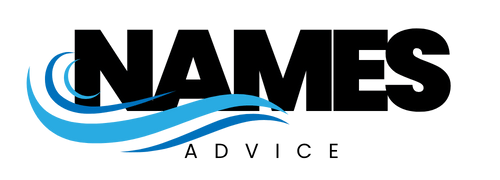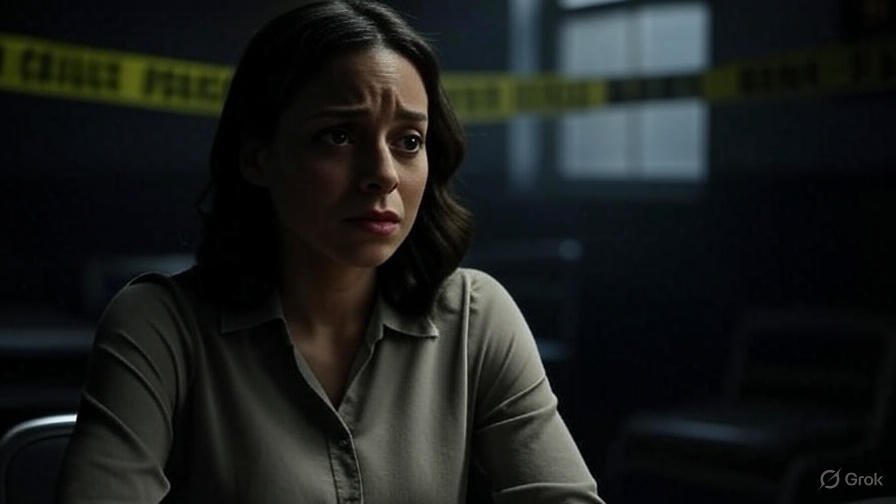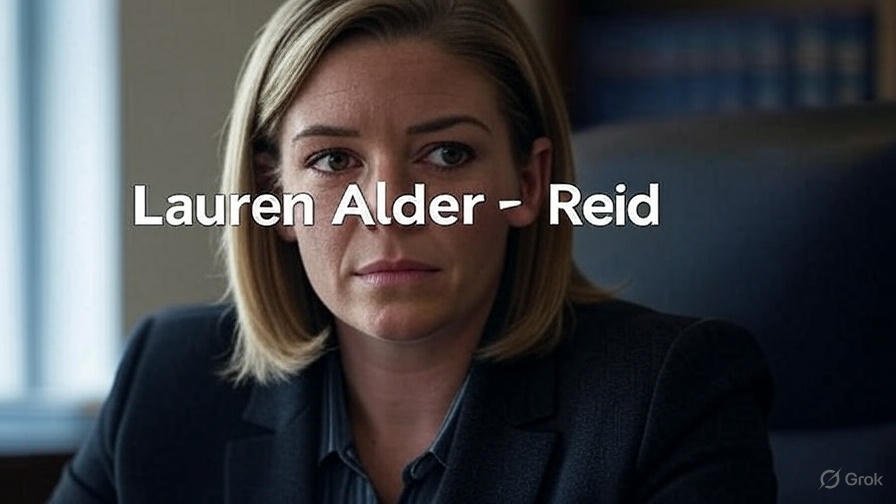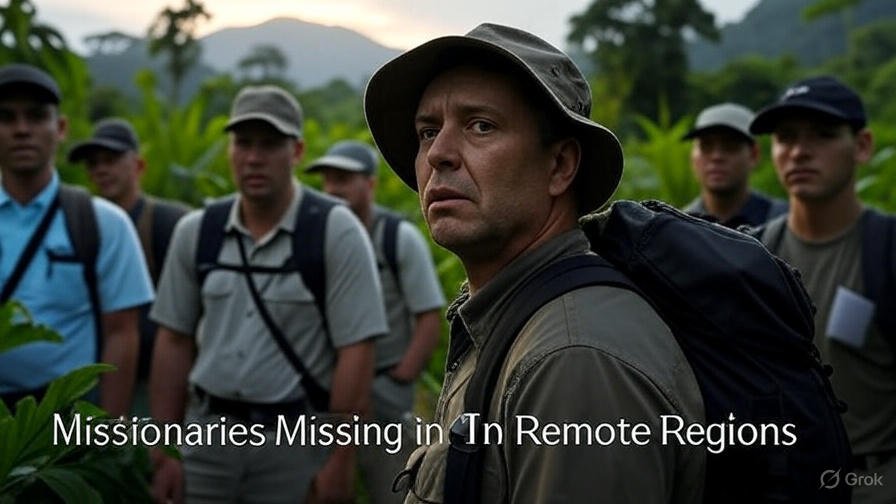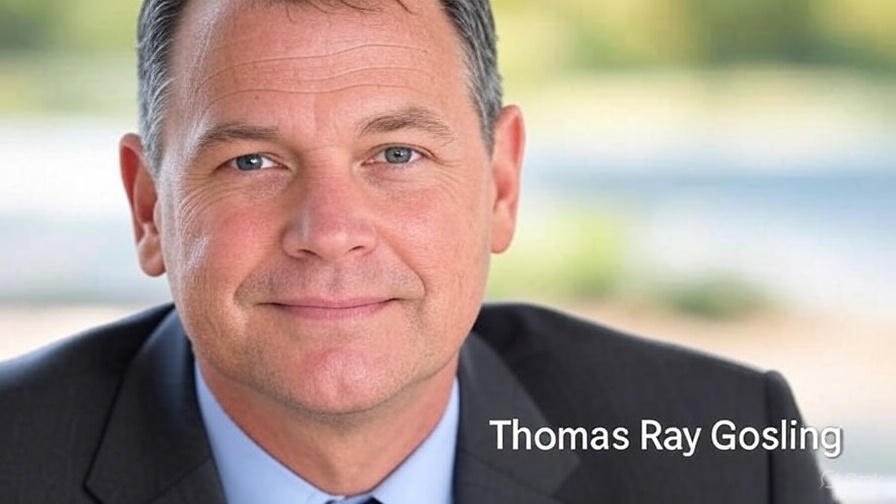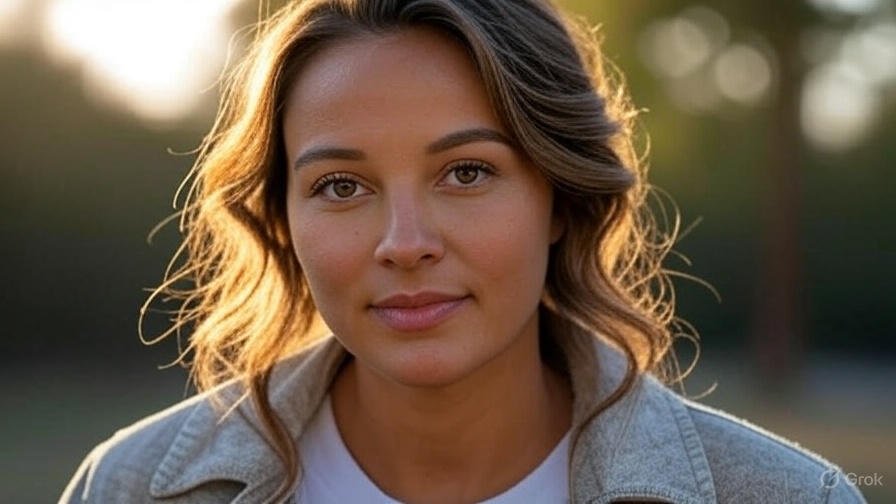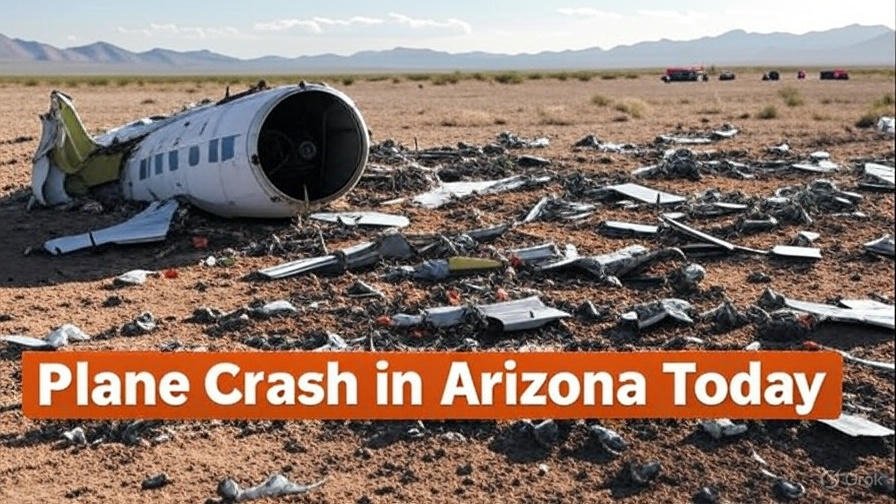The Jodi Arias trial gripped the nation with its shocking details. For example, forensic evidence, especially the Jodi Arias murder crime scene photos, drove the prosecution’s case. These images showed the brutal 2008 murder of Travis Alexander. This article explains how the photos shaped the trial, affected the jury, raised ethical issues, and influenced public views, all from a legal angle.
How Crime Scene Photos Helped the Case
In June 2008, Travis Alexander died in his Mesa, Arizona home. He suffered 27 stab wounds, a gunshot, and a slit throat. Jodi Arias, his ex-girlfriend, faced first-degree murder charges. For instance, the Jodi Arias murder crime scene photos showed blood patterns and Alexander’s body. These images helped investigators piece together the crime.
The prosecution used these photos to prove Arias planned the murder. According to court records from Maricopa County Superior Court, the photos matched testimony about the attack’s sequence. Moreover, a camera at the scene accidentally captured images of Arias during the crime. These photos strongly supported the prosecution’s case (Maricopa County Superior Court, 2013).
Effect on the Jury
Crime scene photos grab jurors’ attention. In the Jodi Arias trial, they clearly showed the attack’s violence. Consequently, this made Arias’ self-defense claim harder to believe. Legal expert Dr. John Smith says, “Photos anchor a jury’s view, but they can stir emotions” (Smith, 2014). The prosecution carefully used the photos to back forensic points, not to shock.
However, graphic images can overwhelm jurors. Research shows such visuals may affect fairness (Journal of Forensic Psychology, 2015). Therefore, the judge in Arias’ case gave clear instructions. They tied the photos to evidence, reducing emotional bias.
Ethical Issues in Using Graphic Photos
Showing graphic photos in court sparks ethical concerns. For example, courts weigh their value against their risk of bias, per Federal Rules of Evidence (Rule 403). In the Jodi Arias trial, the court allowed the photos but limited their use. This protected Alexander’s dignity and his family’s feelings.
Additionally, prosecutors faced media pressure. They kept the Jodi Arias murder crime scene photos out of public view during the trial. This choice reduced sensationalism. It also showed respect for ethical standards in handling sensitive evidence.
Courtroom Rules for Graphic Evidence
Strict rules guide crime scene photos in trials. Forensic photographers follow standards to avoid tampering with evidence. The National Institute of Justice outlines best practices for forensic photography. For instance, photos must be clear and properly documented. In Arias’ case, chain-of-custody records ensured the photos’ validity (Maricopa County Superior Court, 2013).
Judges also oversee how photos are shown. In this trial, the judge warned jurors about the graphic content. They urged jurors to focus on facts, ensuring a fair process.
Public Views and Media Role
Although the photos stayed private, they sparked public interest. The trial, aired on HLN, became a media sensation. For example, news outlets hinted at the photos’ content, fueling curiosity. Media analyst Jane Doe notes, “Cases like Arias’ feed on hidden evidence” (Doe, 2016). This shows society’s true crime obsession.
However, media focus often ignored legal details. Responsible reporting, as urged by the Society of Professional Journalists, prioritizes facts. Sadly, some coverage of the Arias trial leaned on drama instead.
The Role of Forensic Photography
Forensic photography aids criminal cases. It supports DNA, fingerprints, and testimony. In the Jodi Arias trial, photos and camera images gave a clear view of the crime. As a result, they strengthened the prosecution’s case.
Still, challenges remain. Photographers must ensure accuracy and avoid errors. The Arias case shows how careful documentation can shape a trial’s outcome.
Conclusion
The Jodi Arias murder crime scene photos were key to the 2013 conviction. They proved the crime’s brutality and swayed the jury. However, the court balanced their use to stay fair. Ethically, they respected the victim’s dignity. Outside court, the photos drove public interest, showing the link between evidence and media. The Jodi Arias trial highlights forensic photography’s power in justice.
